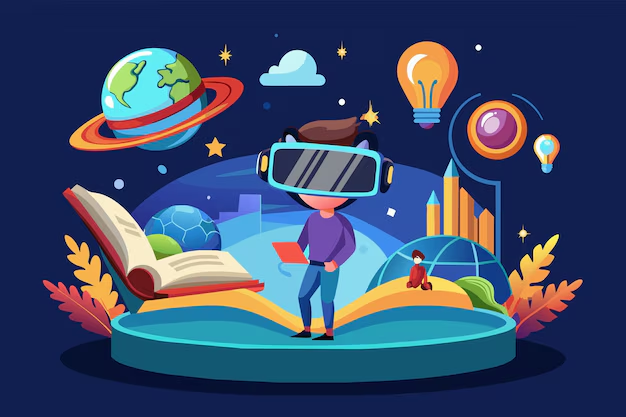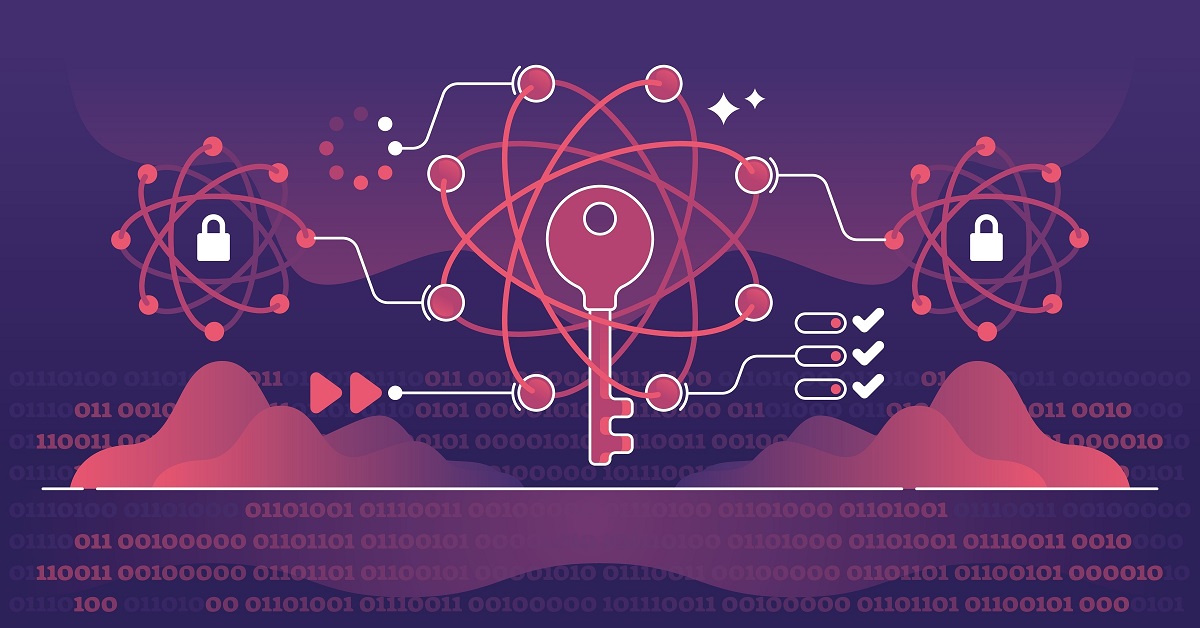1: Introduction to VR Storytelling
1.1: Understanding Storytelling in VR
1.1.1: What makes VR storytelling different from traditional media?
1.1.2: Immersive storytelling vs. linear narratives
1.2: The Importance of Presence and Immersion
1.2.1: How immersion transforms narrative experiences in VR
1.3: Key Components of VR Experience Design
1.3.1: Visuals, sound, interactivity, and narrative cohesion
2: Designing Immersive VR Worlds
2.1: Worldbuilding for VR
2.1.1: Creating believable and immersive environments(Ref: Edge IoT for Environmental Monitoring Solutions)
2.1.2: Designing spaces that enhance the narrative
2.2: Spatial Awareness in VR
2.2.1: How spatial design impacts storytelling
2.2.2: Considerations for user interaction with the virtual environment
2.3: Using Light and Atmosphere in VR
2.3.1: Techniques for setting the mood and tone through visual design
3: Character Development and Interaction in VR
3.1: Creating Compelling Characters in VR
3.1.1: Designing characters that feel real and engaging
3.1.2: Techniques for creating emotional connections with users
3.2: Character Interaction and Behavior
3.2.1: Implementing AI-driven character behaviors
3.2.2: Direct interaction with characters in the narrative flow
3.3: Using Animation and Motion Capture
3.3.1: Basics of character animation in VR
3.3.2: Motion capture techniques for lifelike interactions
4: Story Structure and Narrative Flow in VR
4.1: Nonlinear Storytelling Techniques
4.1.1: Branching narratives and interactive storytelling
4.1.2: Techniques for giving users control without breaking immersion
4.2: Pacing and Flow in VR Narratives
4.2.1: Managing the pace of the story to keep users engaged
4.2.2: Maintaining tension and interest throughout the experience
4.3: Balancing Interactivity with Storytelling
4.3.1: Finding the right balance between user agency and narrative control
5: Integrating Sound and Music in VR Storytelling
5.1: The Role of Sound in Immersive Experiences
5.1.1: How sound design influences emotional engagement
5.1.2: Techniques for spatial sound in VR environments
5.2: Creating a Soundtrack for VR
5.2.1: Composing and integrating music to complement the story
5.2.2: Using sound to guide users through the narrative
5.3: Using Voiceovers and Dialogue
5.3.1: Best practices for integrating character dialogue and narration
6: Interactivity and User Experience Design in VR
6.1: Designing Intuitive User Interactions
6.1.1: Ensuring seamless user interactions within the story
6.1.2: Implementing interaction mechanics without breaking immersion
6.2: Exploration vs. Guided Experiences
6.2.1: Allowing users to explore while keeping the narrative on track
6.2.2: Techniques for guiding users through the experience subtly
6.3: Using VR Controllers and Input Devices
6.3.1: Integrating gestures, hand tracking, and other input methods to enhance storytelling
7: Prototyping and Testing VR Stories
7.1: Creating a VR Story Prototype
7.1.1: Using tools like Unity or Unreal Engine to build a basic prototype
7.1.2: Key elements to include in a VR story prototype
7.2: User Testing and Feedback
7.2.1: Techniques for testing your VR experience with real users
7.2.2: Gathering feedback to improve narrative design and immersion
7.3: Iterating on Your VR Story
7.3.1: Using feedback to make iterative improvements to the experience
8: Final Project and Future Trends in VR Storytelling
8.1: Creating Your Own VR Story
8.1.1: Participants design and build a short VR narrative experience
8.1.2: Integrating all elements learned (story, character, interactivity, sound)
8.2: Presenting and Reviewing Final Projects
8.2.1: Peer review and constructive feedback
8.3: Exploring the Future of VR Storytelling
8.3.1: Emerging technologies and narrative trends in VR
8.3.2: The role of AI, machine learning, and procedural storytelling in the future of VR experiences







Reviews
There are no reviews yet.